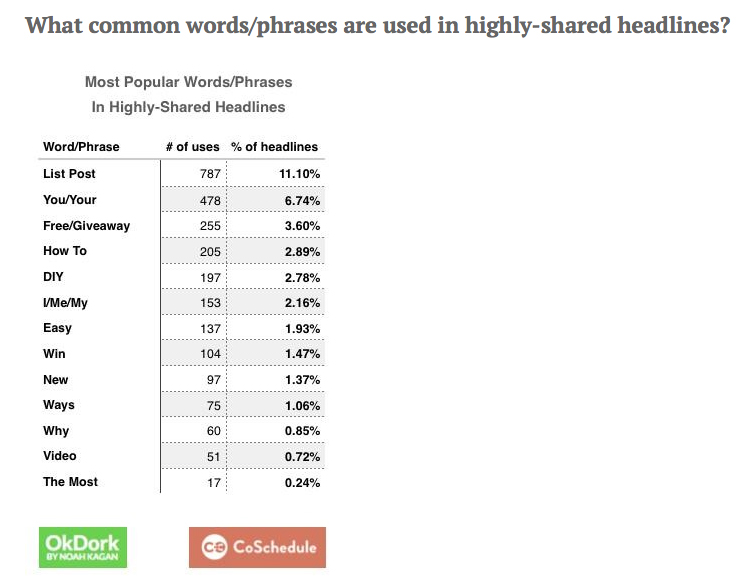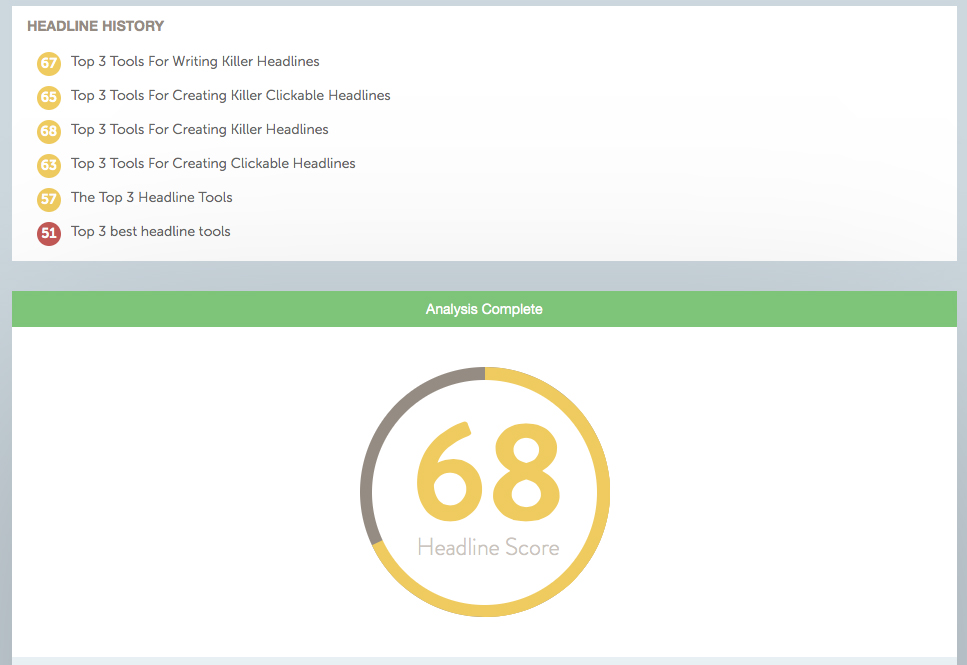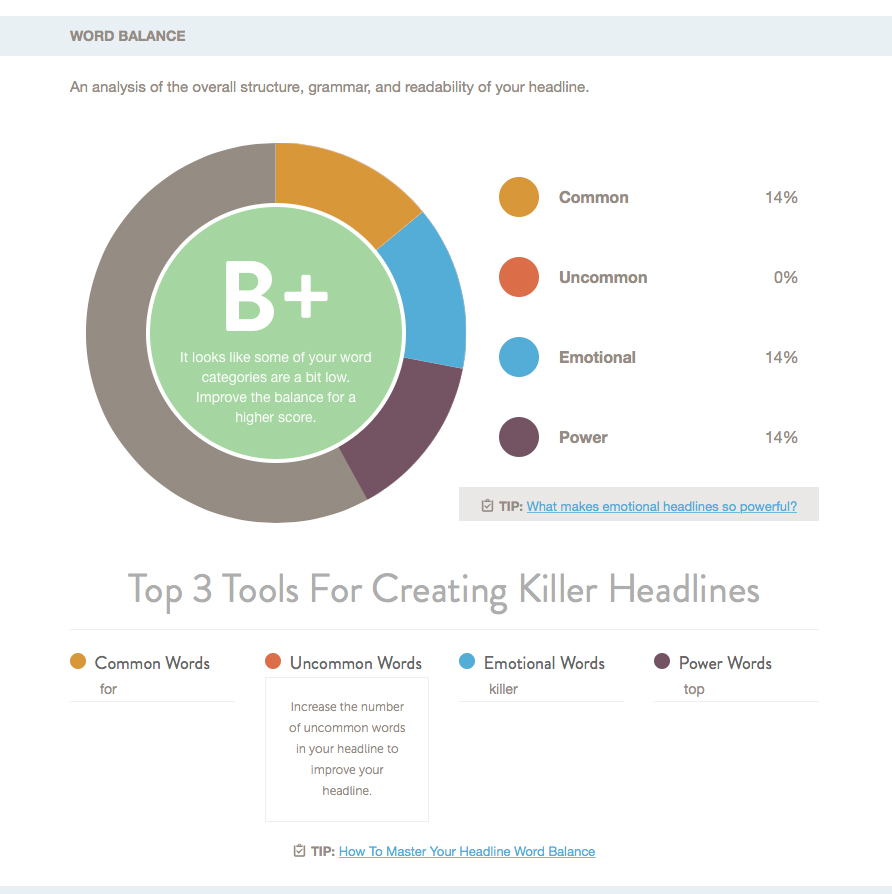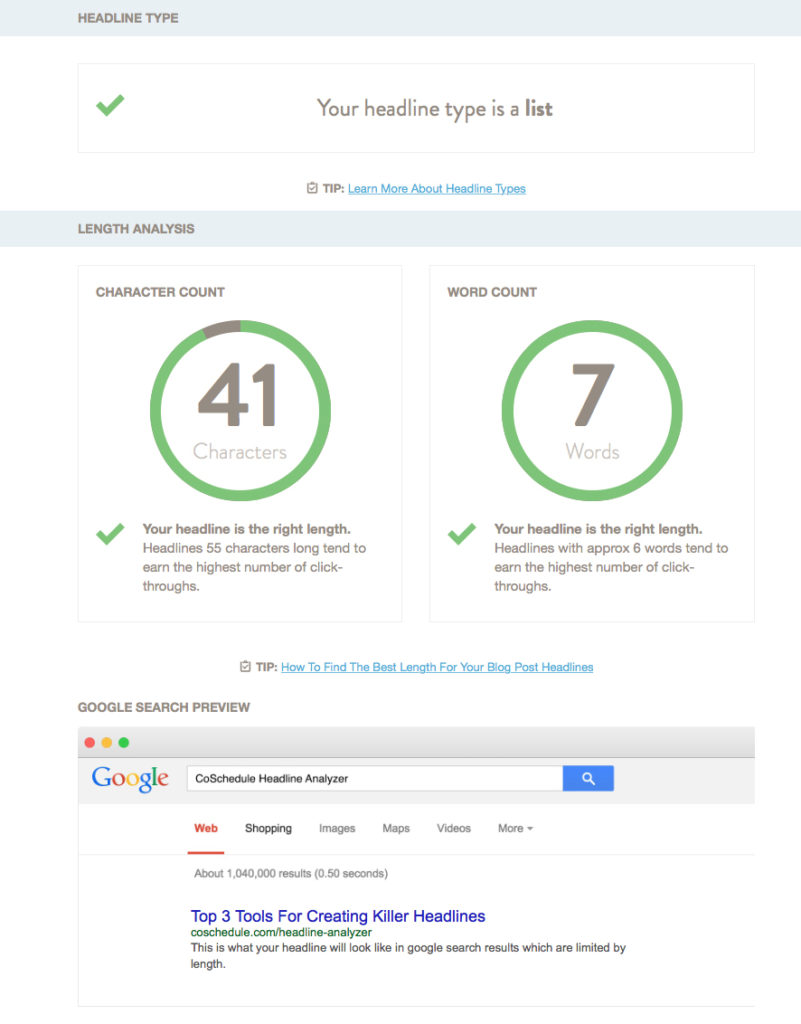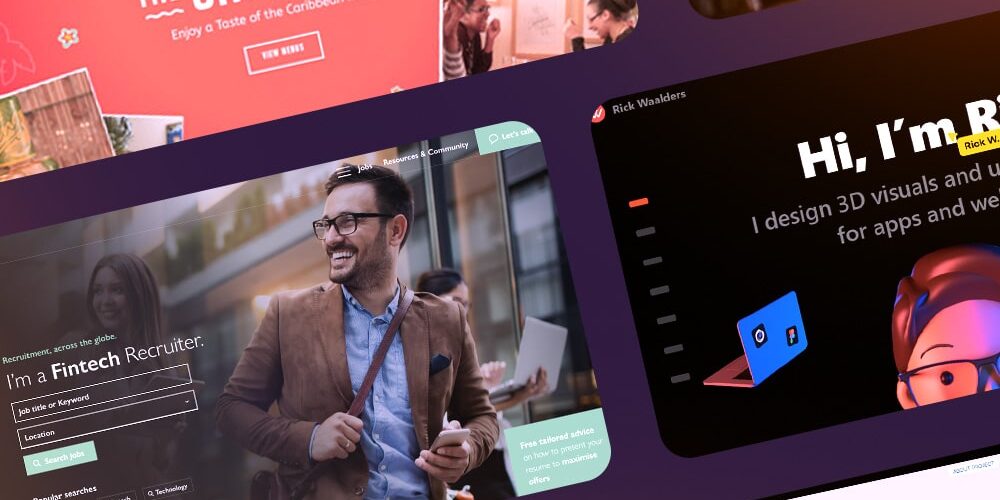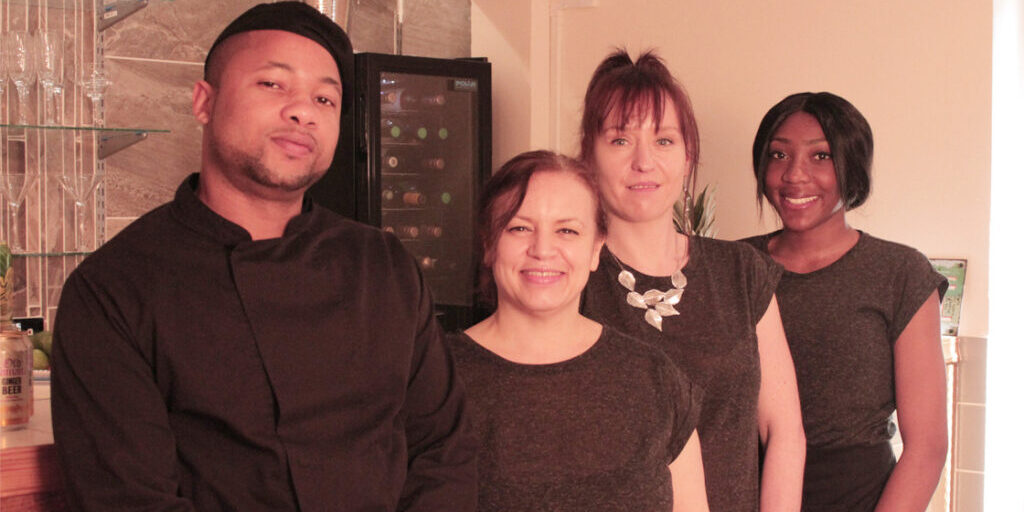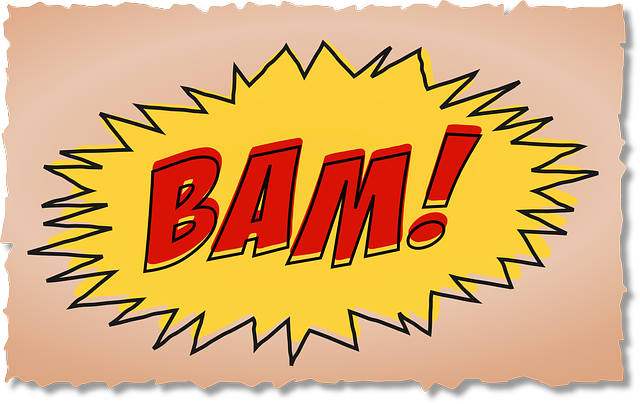 When it comes to your blog, there are essentially 3 things that are going to make people click. Firstly, it’s your featured image. Secondly, it’s your headline. And lastly it’s your actual writing itself.
When it comes to your blog, there are essentially 3 things that are going to make people click. Firstly, it’s your featured image. Secondly, it’s your headline. And lastly it’s your actual writing itself.
Now, I’ve purposely described your writing as being placed ‘last’ rather than ‘third’ out of the 3, because, when it comes to those initial click-throughs, the actual content of the blog itself is far, far, far, far behind third place. It’s actually so far behind the other 2 that you can’t even see it.
Ok, to be fair, there are certain bloggers out there who will be in possession of a regular and committed fan base, a very significant proportion of which will read anything that the blogger’s name or face is attached to. However, this level of fame and commitment from fans hasn’t just happened over night. Indeed, it will have taken them years to reach this point – with the help of a lot of great featured images and headlines along the way.
For most social media marketers, the goal is not to achieve fame and superstardom from their blogging efforts – but to actually start to drive traffic to their website. Fortune and fame may come as a by-product of the writing – and if that happens then great! The website or websites that the blogger writes for will enjoy a big spike in its discoverability and search rankings. But, while you wait for that to happen, in the meantime, you just want as many people as possible clicking through to your blog.
While a great free image can be pretty simple to find, coming up with a truly original and ultimately clickable and shareable headline for your blog posts will require you to dig deep into your creativity.
There are certain blog headlines that perform better than others. And so, before we go any further, it’s best that we take a moment to look at some data that CoSchedule managed to round up after analysing 1 million headlines. The image below is taken from okdork.com:
List posts, as you can see, top the list – which is why, incidentally, I’ve chosen to present this latest blog as a list post (I know – clever, huh?). There are lots of takeaways to be had from the OkDork blog about what works best in headlines, but I want to quote here the top 3 of them, so you can see for yourself exactly what you’re aiming for in a headline and why.
“Takeaway #1 – List Posts Are Huge
“One of the first things that I saw was that lists posts are huge and were the most likely type of post to be shared more than 1,000 or even 100 times. More interestingly, list posts only made up 5% of the total posts actually written, which means that we don’t create enough of these posts to begin with. An immediate takeaway here is to start creating more list posts.
“Takeaway #2 – Use ‘You’ & ‘Your’ A Lot
“Posts that used words like ‘you and your’ in their headline performed extremely and were shared frequently. In contrast, posts that used ‘I and Me’ we three times less likely to be shared. This suggests content that written in the second person – the point of view you take when you are speaking directly to the reader – is far more likely to be shared than content that comes from a first person narrative. Obviously, readers like to see themselves in what they are reading.
“Takeaway #3 – Help Your Readers Imagine A Better Life
“People really like content that helps they do something awesome, like win something for free or learn something new. We can easily see this in the frequent occurrence of words like ‘free,’ ‘giveaway,’ and ‘how to.’ Use promising words to your readers, and that will make them more likely to share your content with others.”
Top 3 Tools For Creating Killer Headlines
Ok, now you’ve got an idea of the most shareable type of headline that you should be aiming for, now let’s look at the top 5 tools that will help you write them.
#1. CoSchedule Headline Analyser
This is the very best tool by far, and I will say that you would be hard pressed to find a better one (though I am of course very willing to be proven wrong). In CoSchedule you simply copy and paste in your headline, hit the analyse button, and you’re given a score out of 100, with a full breakdown of what’s working and what’s not.
Here’s how the headline for this blog post came into being. I always aim for a score above 65 when creating headlines with this tool, and with the headline history of your most recent attempts on view, you can easily see how a little tweak here and there brings your score up.
In the end I settled on 68 – as fun as it may be to try and creep your score up higher and higher and higher, I’ve still got a job to do, and the rest of the blog to write. So, anything above 65 I would say is fine. Below are some screenshots so you can see how this analyser breaks headlines down.
#2. Optimizely
You get a little more in the package with Optimizely, but it’s not quite as quick and simple to use. Essentially Optimizely is a split or A/B tester for your headlines, meaning that it will help you run split tests with sections of your audience before making a decision on which headline is performing best. Undoubtedly this will give you much more tailored results than the CoSchedule tool, and also allows you the option to split test different combinations of feature images and headlines to see which garners the most engagement.
#3. Emotional headline Analyser
Using emotional words in your headline is great for generating interest amongst internet users. Here’s how this headline scored using the free tool from the Advanced Marketing Institute:
And here’s how the website explains the use of emotional words in headline writing:
“This score indicates that your headline has a total of 42.86% Emotional Marketing Value (EMV) Words. To put that in perspective, the English language contains approximately 20% EMV words.
“And for comparison, most professional copywriters’ headlines will have 30%-40% EMV Words in their headlines, while the most gifted copywriters will have 50%-75% EMV words in headlines.
“A perfect score would be 100%, but that is rare unless your headline is less than five words.”
What headline tools do you use? Do you prefer any one over the others? Let us know in the comments below.
THE word in professional, persuasive, digital writing. Specialists in writing, tweeting and social sharing for businesses across the globe.
Get more leads, make more sales, grow your brand faster.



